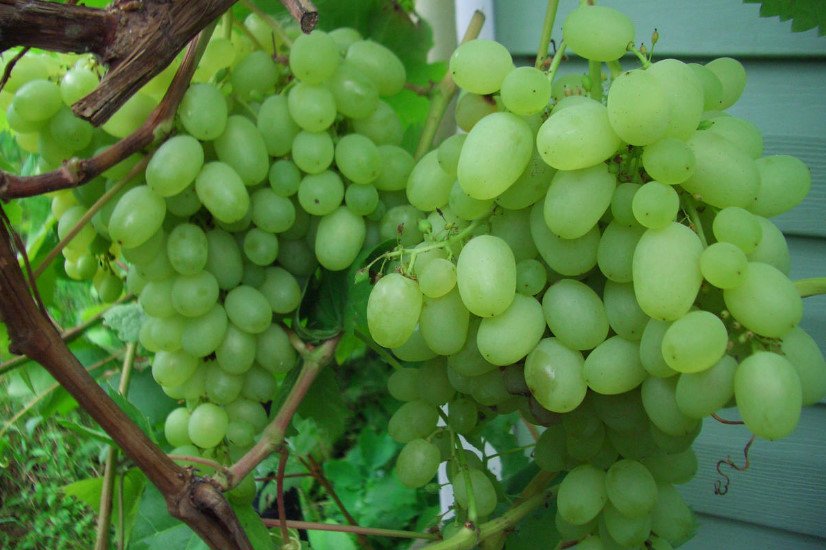
I believe that the Garden of Eden is impossible without eating fruits and enjoying the best of them. How can you do without grapes, which are already known to gardeners – it’s scary to say! ten thousand years. This second part How To Grow Grapes In A Cold Climate. Have a seat, we continue to study grapes!
Diseases
Unfortunately, those happy times when there were no pests or diseases on our grapes have passed. The wet June of 2004, when it rained for ten days, provoked a widespread disease of grape powdery mildew, or false powdery mildew. In 2005, the outbreak was repeated. This year the weather was dry, and mold appeared only in mid-August.
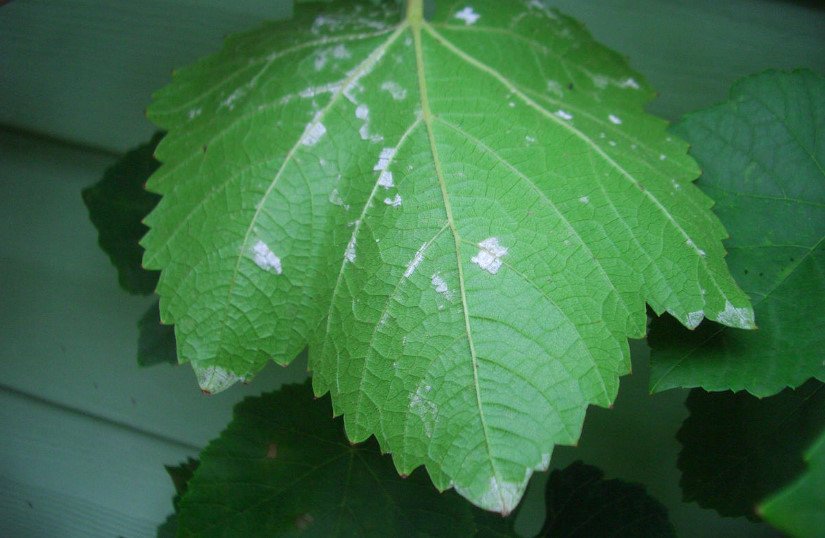
Powdery mildew is a fungal disease that develops in warm, humid weather from May to autumn. The fungus multiplies by spores, falling on dew drops, they become active and germinate into the mycelium. Infection occurs in the presence of rain and dew at a temperature of at least 12 degrees(53.6°F).
The disease manifests itself on the upper surface of the leaves in the form of oily yellowish spots, later a white powdery coating appears on their underside. All parts of the plant are affected – leaves, tendrils, berries. Sick berries lose water, shrivel and turn brown, some of them crumble. The fungus overwinters inside the plant tissues, so they cannot be cured. You can prevent further spread of the disease only if it partially affects the plant.
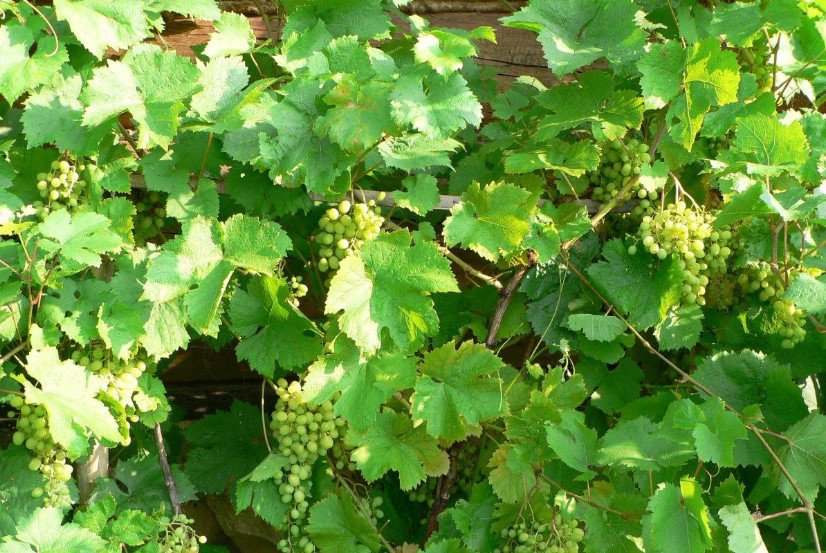
Not all grape varieties suffer from powdery mildew equally. Stable varieties originating from North American grapes: alpha, Isabella and others, as well as modern varieties: agate don, Rusven, Timur, Delite Muscat, Rusbol, Amur 2.
Unfortunately, the most reliable early-ripening varieties turned out to be resistant to powdery mildew. Winegrowers were faced with a choice: either regularly spray the plants, or replace them with resistant varieties. I had to give up many varieties.
The shelter of grapes for the winter
Modern grape varieties can withstand frosts of at least -24 degrees (-11.2°F), but the roots freeze already at temperatures from -6 to -12 degrees (21.2-10.4°F). The shelter of grapes is best carried out in an air-dry way, similar to the shelter of roses.
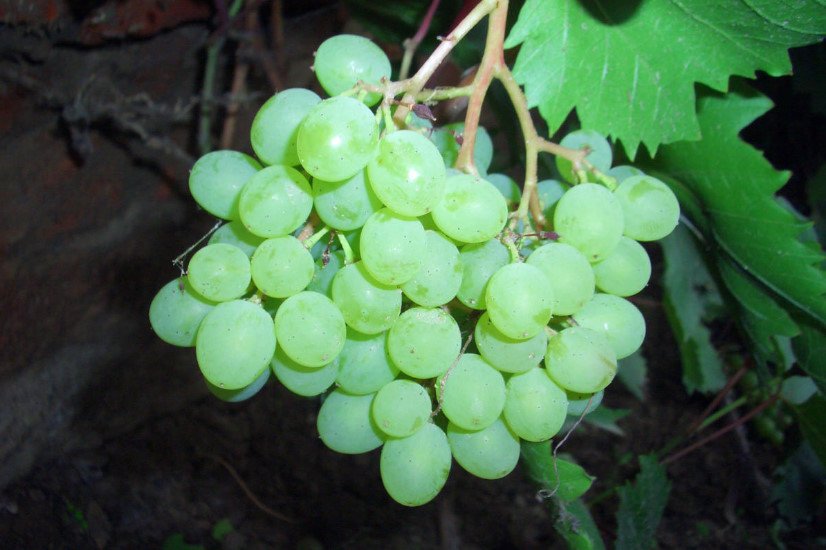
I cover the grapes about two weeks after the frosts hit the immature, green parts of the plant. During this time, the grapes use all the useful shoots and prepare for winter. Before the shelter, the necks are poured 10-15 cm (3.9-5.9 in) of soil from the edge of the pit, making an embankment, and a drainage groove is made next to the side so that moisture gets on the bush.
The grapes are removed from the wall, all the dead shoots are cut off and the leaves are removed. Then the vines are laid on the ground along the foundation of the house. In order to isolate the grapes from the ground, wooden beams are placed under the vines. If the vine goes beyond the wall of the house, it is bent and turned back, there is no need to be afraid of cracking the vine – next time it will bend easier. The lateral shoots are pressed against the common tourniquet. Some of them are breaking down, but the rest will continue to grow in the right direction.
The connected harness (with me it reaches a width of 0.4 m/15.7 in) springs, and it needs to be pressed to the ground. To do this, I put it on edged boards. After that, the binding is covered with pre–prepared dry foliage and covered with sheets of ordinary slate, which lies on one side of the foundation, and on the other – on the ground. From the sides, the row is closed with slate boards and the shelter is completed. The falling snow will close all the cracks in the shelter, and the grapes will be protected from frost. Before hiding the tourniquet, it is useful to treat the fungus with any copper-containing preparation or ash.
Instead of leaves, you can use moss, which will scare away mice — big fans of grape eyes. The harness can be closed with a wooden box, and covered with a film on top. You can use iron arcs, on which a tarpaulin is thrown, and then a film, the edges of which are fixed by a load. In any case, an opening for ventilation must be provided in the shelter.
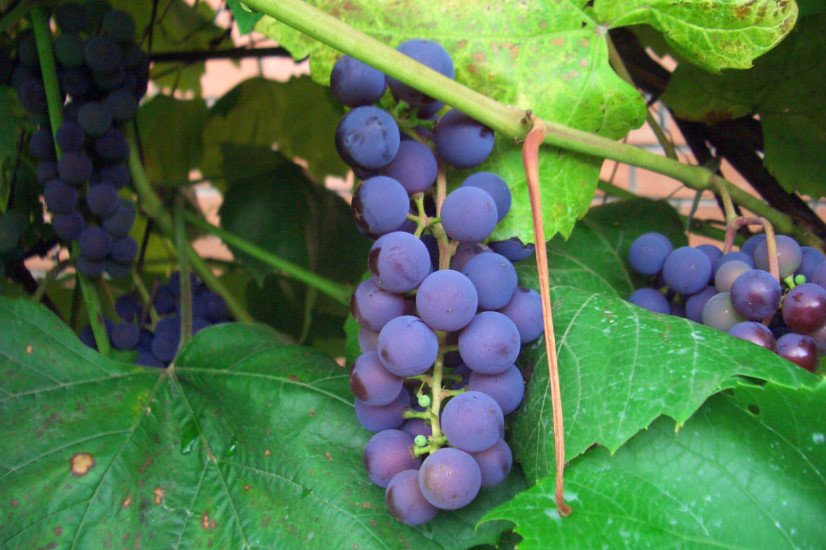
Grapes with high winter hardiness (-30°C/-22°F or less) for the winter, it is enough to plant on the ground, putting a lattice, and lightly sprinkle the roots with any plant material. Varieties Alpha and Isabella overwinter without shelter, they need to be slightly sheltered only for the first two years.
How to open a vine in the spring
At the end of March, snow is removed from the shelter and melt water runoff paths are laid. On a sunny day, the shelter is removed and what was inside it is dried. Then the shelter is restored, and the grapes are there until a steady heat is established. This usually happens around the middle of May.
Remove the leaves and fir branches and leave the grapes tied up for another two weeks. At this time, it can be covered with a film to protect it from frost. As soon as the danger of the last frost passes (usually at the end of May), I lift the grapes on the wall, cutting off all the dried, decrepit and broken branches.
It is important to know that when pruning grapes, it is always necessary to leave a stump 20-30 mm (0.8-1.2 in) long, if possible, pruning should be minimized due to the threat of sap movement.
Grape variety
In a cold climate, only varieties of a very early ripening period can mature. The following are proven, reliable and promising varieties resistant to powdery mildew.
- Agate Of Don
Interspecific hybrids of the fourth generation. Berry, large, with an average weight of 3-4 g (0.1-0.15 oz), rounded, pleasant taste. The bunch is large, weighing 350-400 g (10.6-14.1 oz). The sugar content is 14%, the acidity is 6-7 g/l. The taste is simple. Very productive. The beginning of maturation is the third decade of August. Relatively resistant to mold. Frost resistance up to -26 degrees (-14.8°F). Berries are transportable, suitable for storage and drying.
- Aleshenkin
An early European variety, matures in the second decade of August. The berry is medium, up to 3.5 g (0.12 oz), slightly oval, golden with an elegant white down, very good taste. The sugar content is 19.5%, the acidity is 4-6 g / l. The bunch is large, conical, medium density. Weight more than 1 kg (2.2 lb). The variety is energetic, high-yielding. Frost resistance -24 degrees (-11.2°F). Resistant to mold.
- Alpha
A hybrid form of American grapes. The berries are medium, rounded, black or dark purple. Thin, dense skin. The flesh is juicy, sweet and sour taste with strawberry flavor. The sugar content is 20%, pH 11 g / l. The bunch of grapes is cylindrical, dense, weighing 100-150 g (3.5-5.3 oz). Ripens in early September. The yield is high, up to 20 kg (44 lb) per bush. This year they were fruiting after winter frosts to -37 degrees (-34.6°F).
- Memory Dombkowski
The berry is medium, black, pitted, weighing 2 g (0.07 oz). The clusters are cylindrical, large, dense, weighing 300-350 g (10.6-12.3 oz). The taste is good with a hint of raisins. Ripens in the second decade of August. Resistant to mold. Frost resistance -28 degrees (-18.4°F). Very productive. A gardener friend received a record harvest of – 100 kg (220.5 lb) from a very large bush.
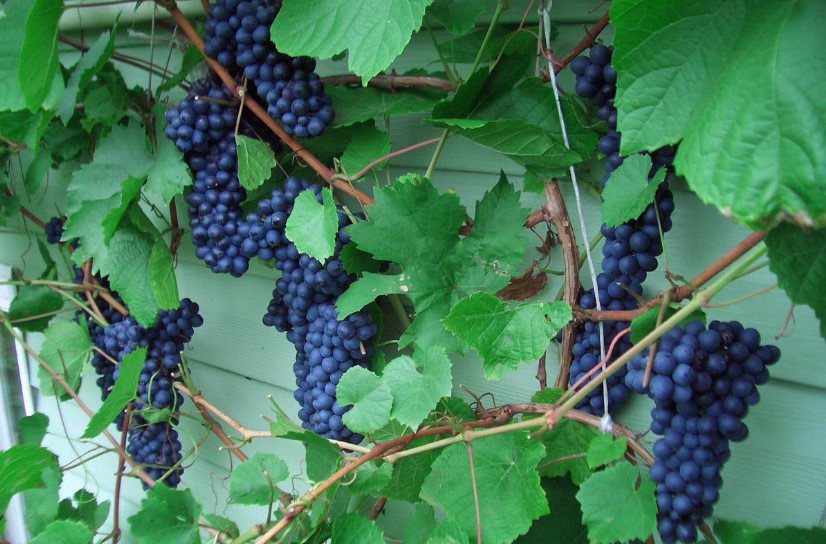
- Amur 2
An interspecific hybrid from the crossing of Amur grapes. The berry is medium, rounded, black, weighing 2.5-3 g (0.08-0.1 oz). The taste is pleasant, with a varietal aroma. The cluster is medium, loose, branched, weighing 200 g (7 oz). Ripens in the first decade of September. The yield is 8-10 kg (17.6-22 lb) per bush. Resistant to mold. It belongs to continuous varieties, but according to preliminary data, its frost resistance is up to -30 degrees (-22°F). The short growing season of grapes has also not been confirmed.
- Rusin
The variety has a very early ripening period. The berries are large, white, pinkish in the sun, weighing 5-6 g (0.17-0.2 oz). The bunches are large, 300-400 g (10.6-14.1 oz), cylindrical. The taste is very good, with the aroma of sage. Berries are prone to cracking. Prolific. Resistant to mold.
Promising varieties are considered to be new, very early varieties resistant to powdery mildew: Timur, Nutmeg, Delight, F14-75, Rusbal. They are being tested and the results are still unclear, but they definitely do not suffer from powdery mildew.
Reproduction of grapes
It is most reliable to buy a ready-made seedling, preferably an annual one, from an experienced grower.

It is easier to root the stalk in water. To do this, it is cut 2 cm (0.8 in) below the node and lowered into the water. The jar is exposed to light. When the leaves are added to the water, 1 drop of complex liquid fertilizer is added. When you see the roots, transplant the stalk into fertile soil and keep it under the bag for a week. Then be careful as usual. To facilitate rooting, it is desirable to treat it with growth stimulants.
Grapes, as already mentioned, are not only delicious, but also beautiful. We will continue the topic of this amazing vine in the following articles. We will focus on the use of grapes in garden design.
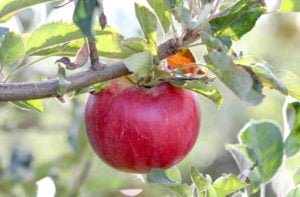
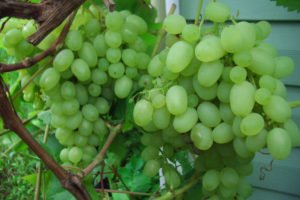


Leave a Reply